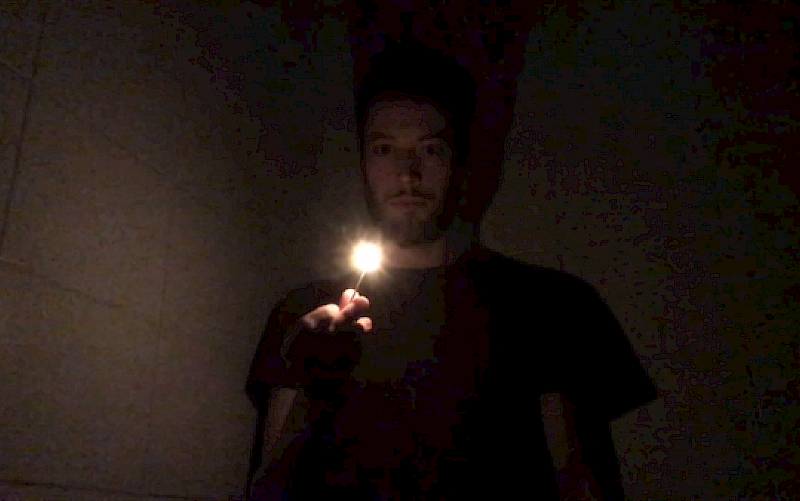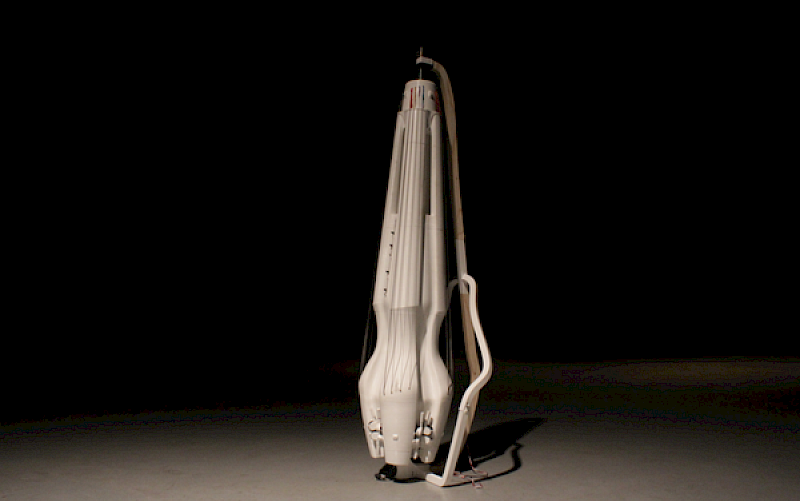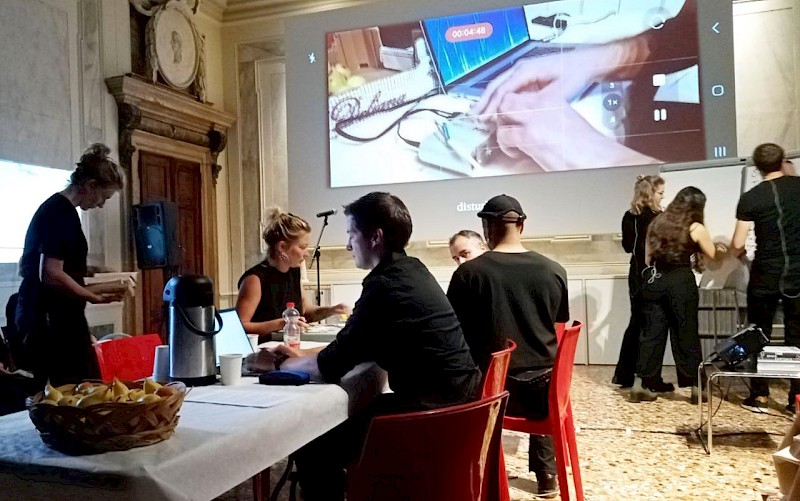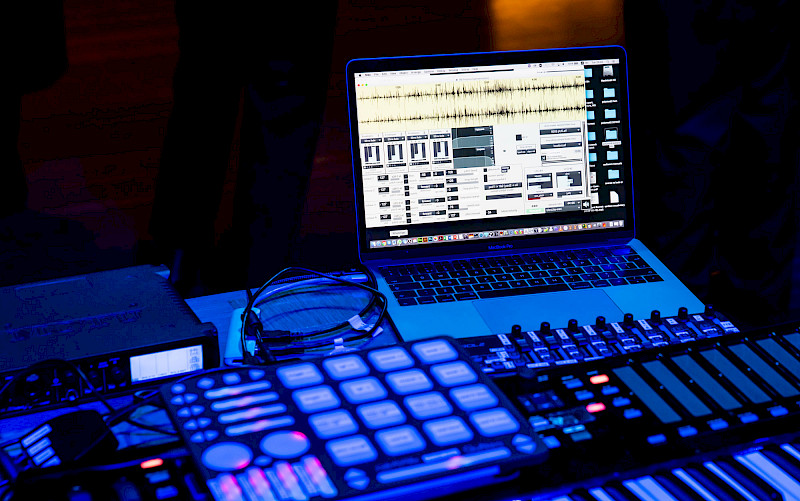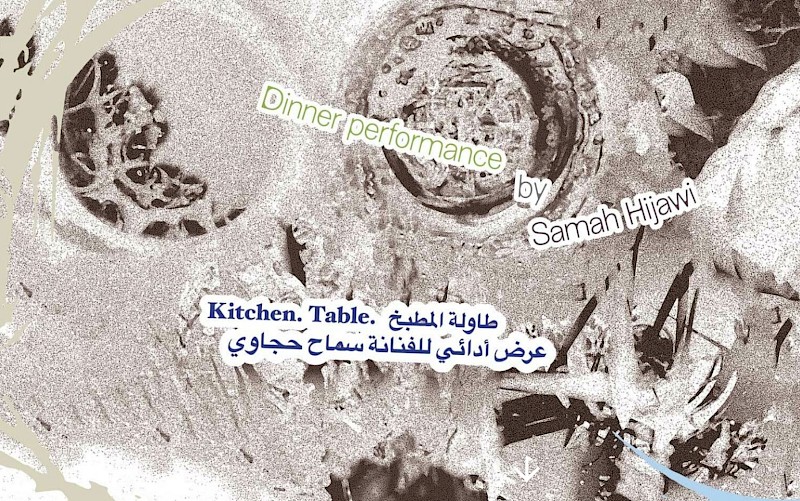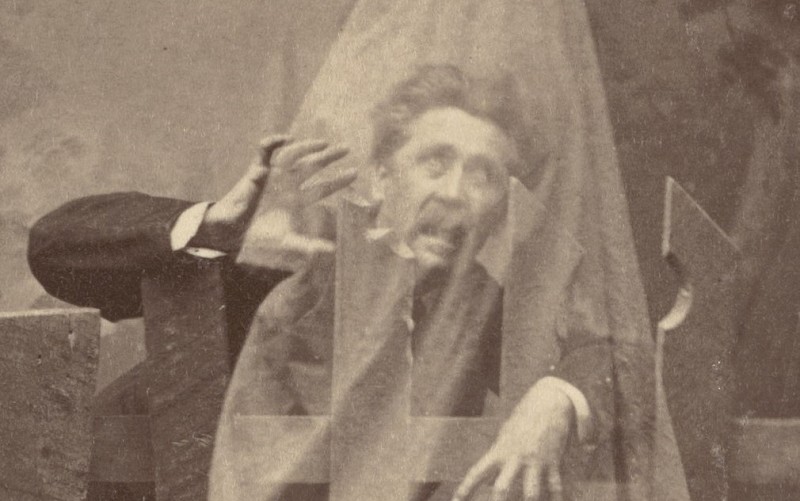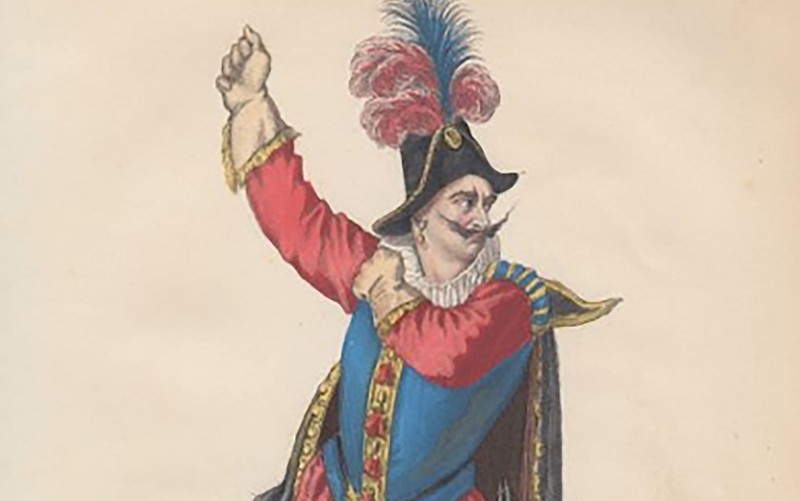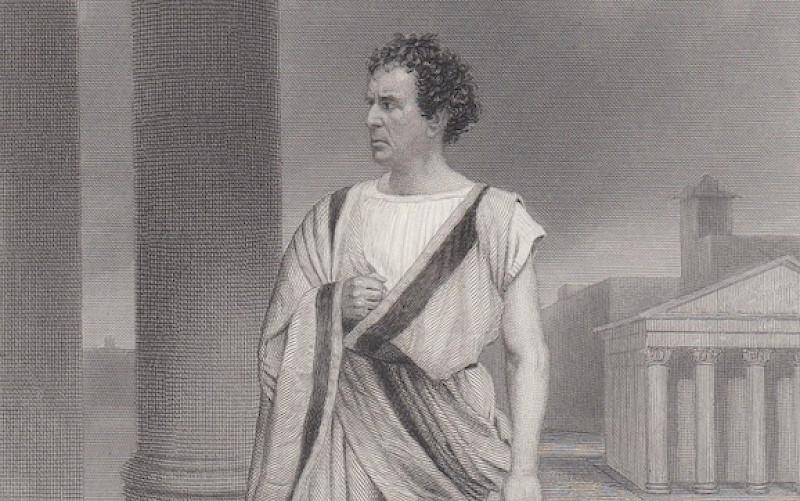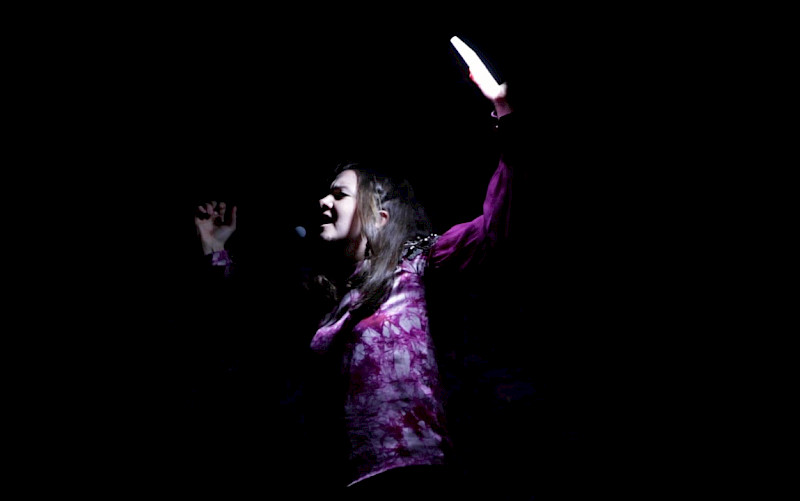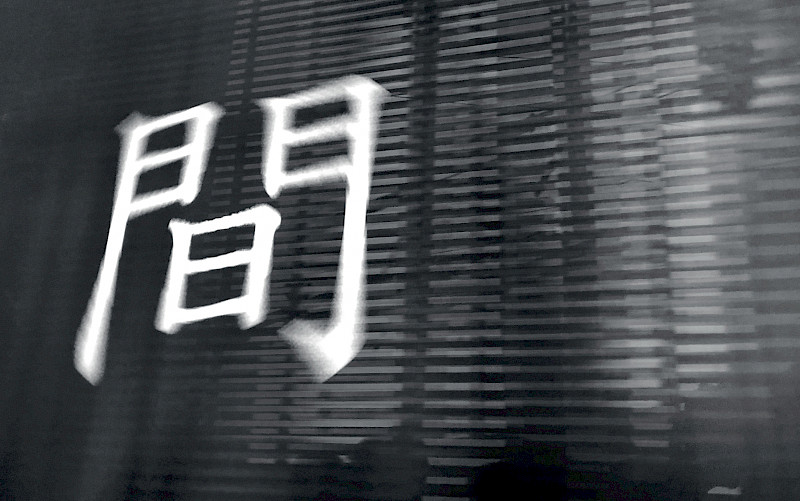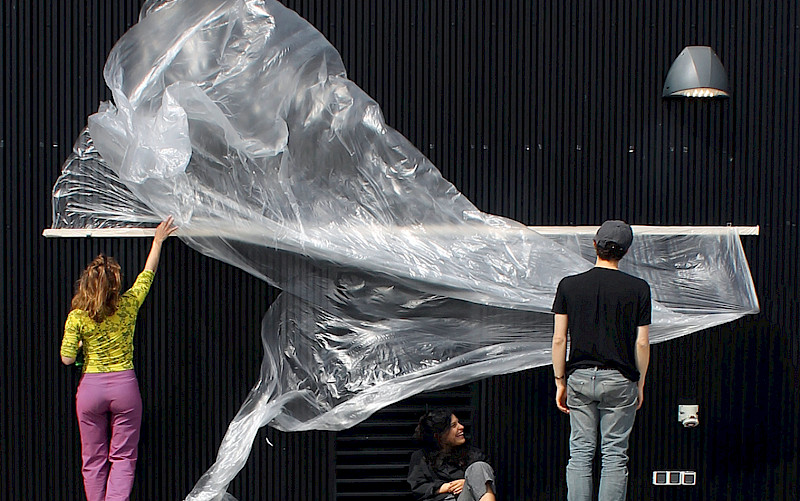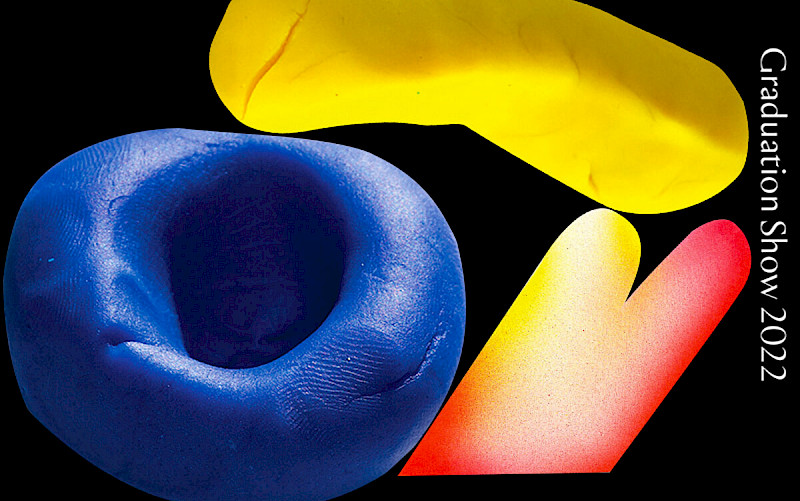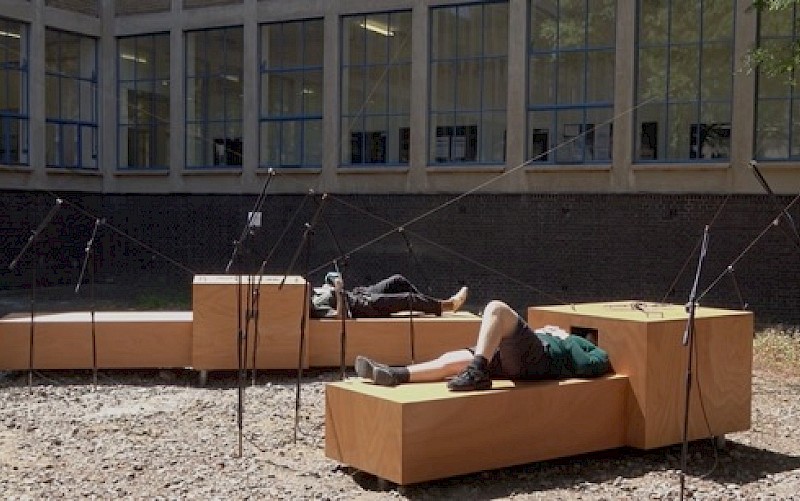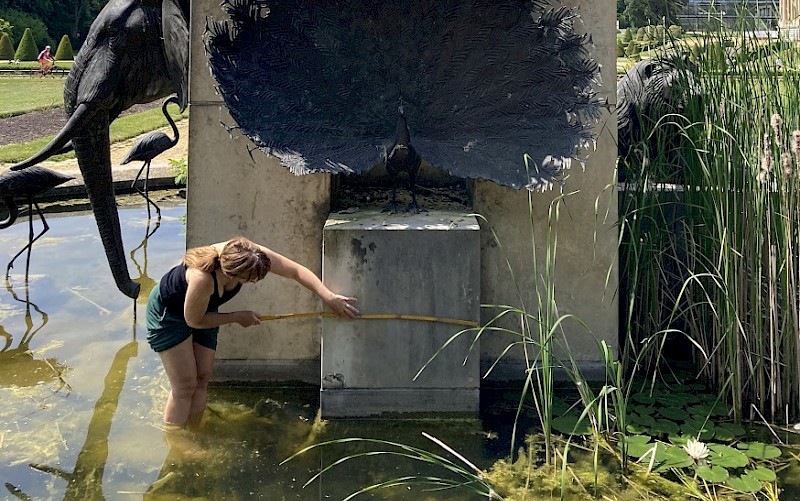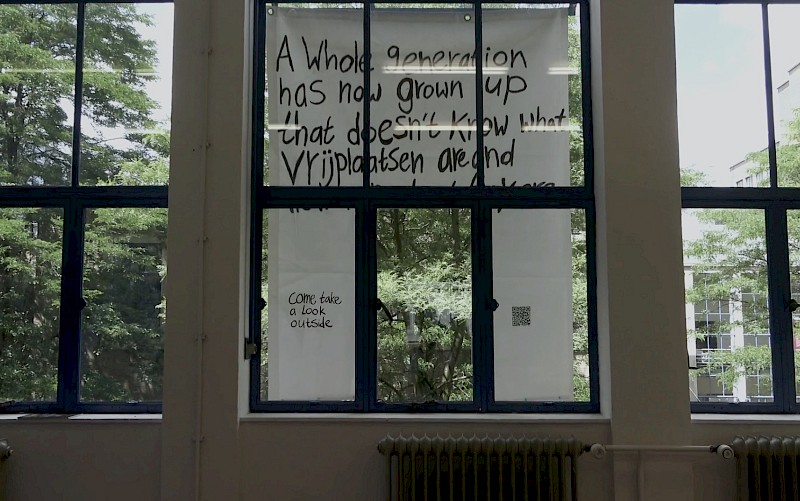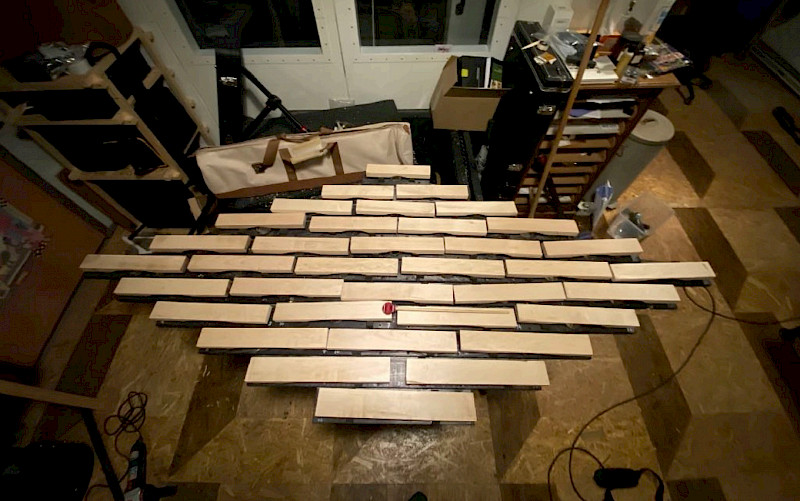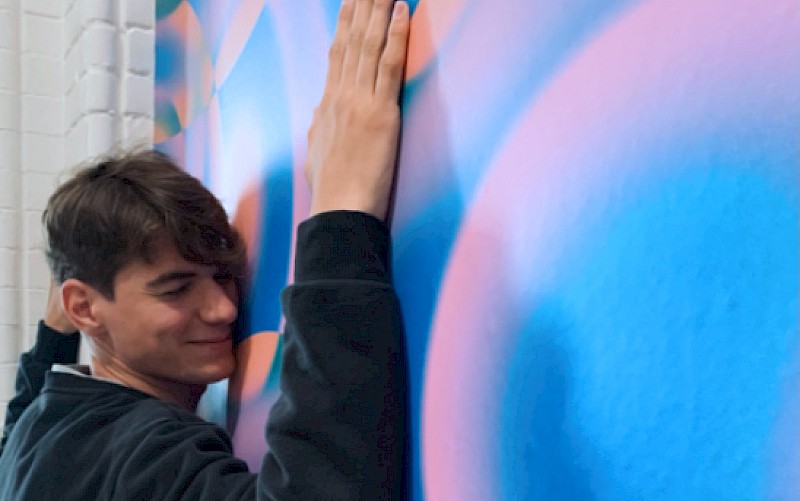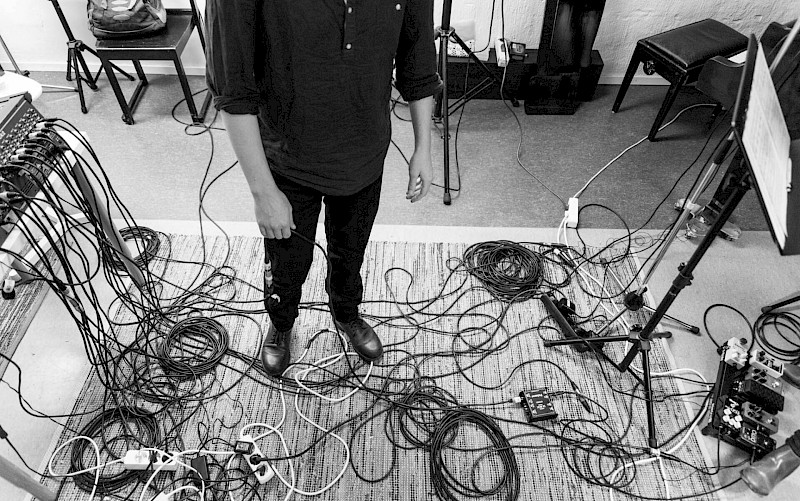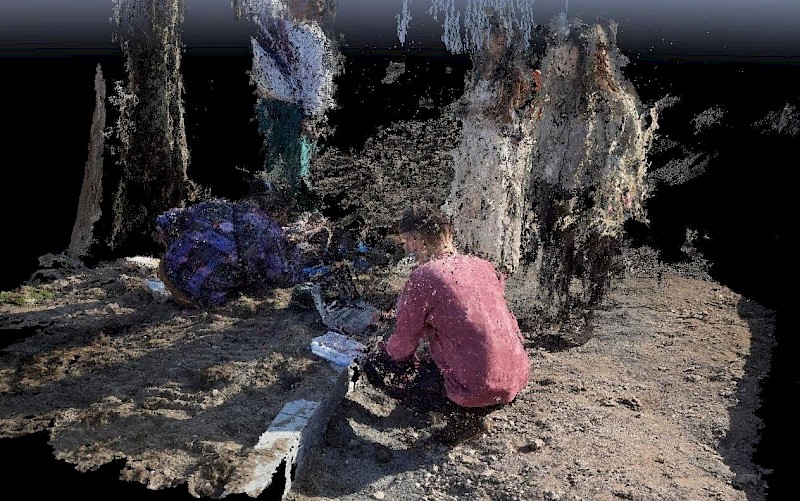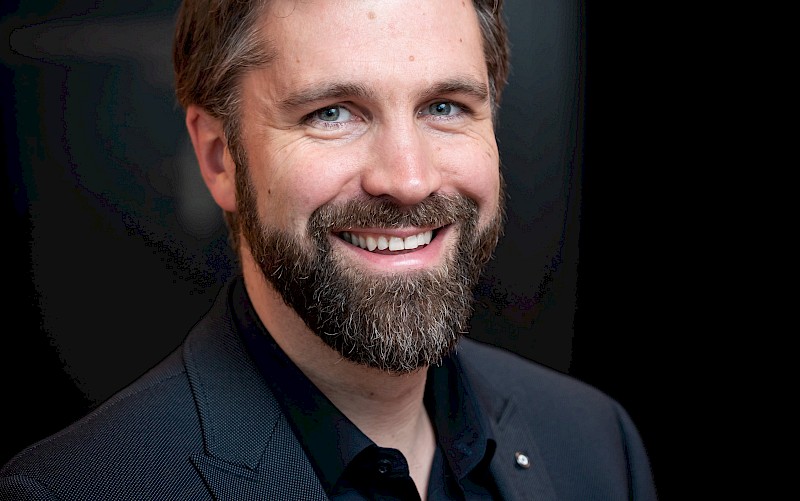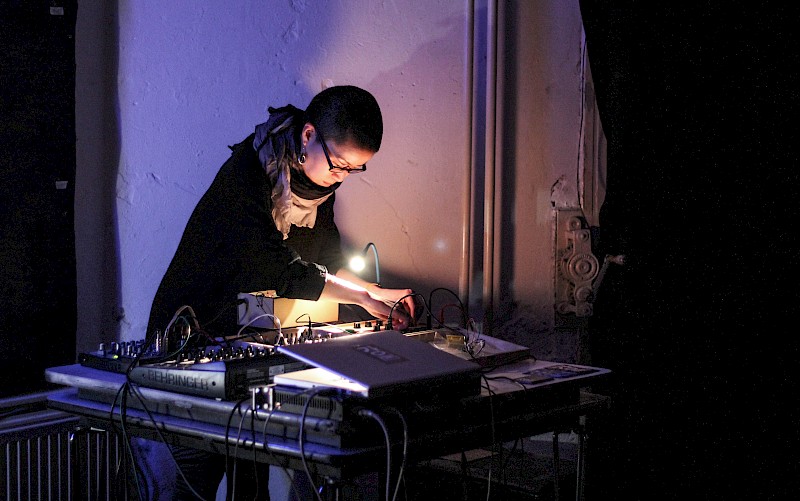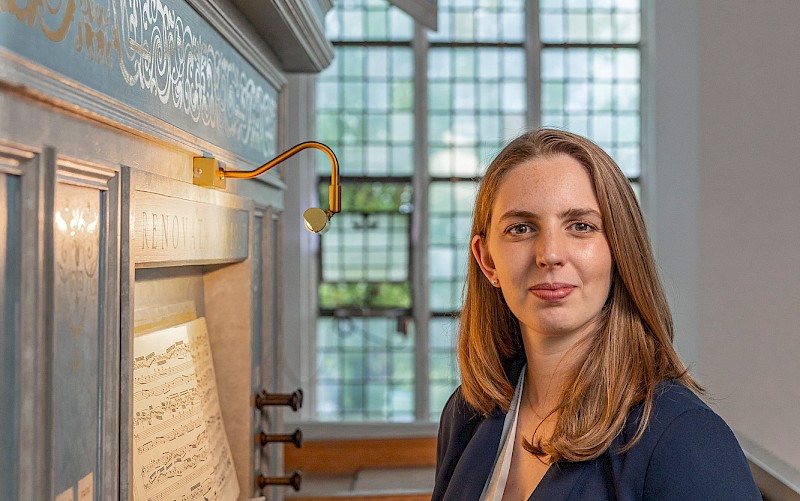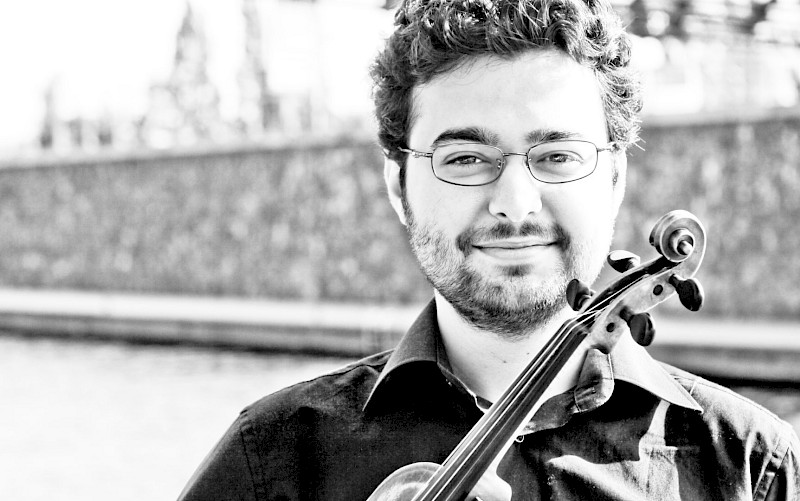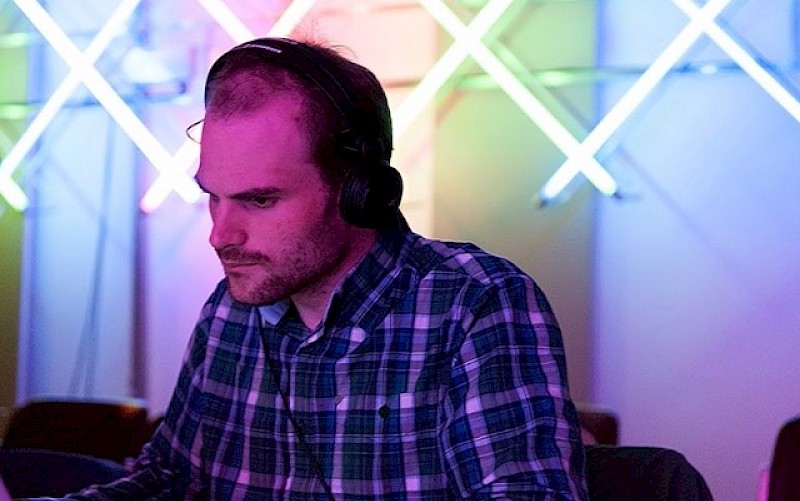Berio violin duets - an introduction
The 34 Duetti of Luciano Berio were inspired by the 44 Duos of Bartók. Just as Bartók intended to introduce young musicians to his style, so did Berio attempt the same. Berio's focus however, was on finding a more modern set of techniques and colors that the violin could create, and he used these pieces for children to illustrate his own ideas of theater and dramaturgy in music. Because his ideas of theater consist of putting two completely different ideas together to make a third reality, the 1st and 2nd violin parts in his duets often sound as if they are in totally different worlds – with different dynamics, tone colors, and sometimes even tempi. This results in a novel approach to chamber music in which each partner is equal, but also very independent of the other. A beginning student can therefore contribute just as much musical value to a piece (indeed, sometimes much more) than a seasoned professional. Since Berio doesn't specify the level or age that the student needs to be in order to play these pieces, this allows for a lot of freedom in the choice of performers. The same piece can sound totally different if performed by two professionals, two young students, or one young student and one professional. Additionally, each duet is dedicated to a friend, musician, or person that Berio admired, and can be likened to a musical portrait. Berio said that the pieces were inspired by the “fragile thread of daily occasions” and therefore the pieces are not true portraits, but sometimes illustrations of an event which happened, a shared history between Berio and the dedicatee, or as in the case of Stravinsky, Bartók, or Boulez, an homage to a piece composed by that composer. Finally, the Duetti serve not only to introduce young musicians to Berio's style, but the full performance of the 34 duets is also a great introduction of 20th century musical concepts to audiences. Since each duet is very short, there is much variety in a performance of the works, and since each duet focuses on one or two 20th century techniques while still staying in a very familiar tonal world, audiences can be challenged while still maintaining a handhold on familiar territory.
Author: Joseph Puglia



